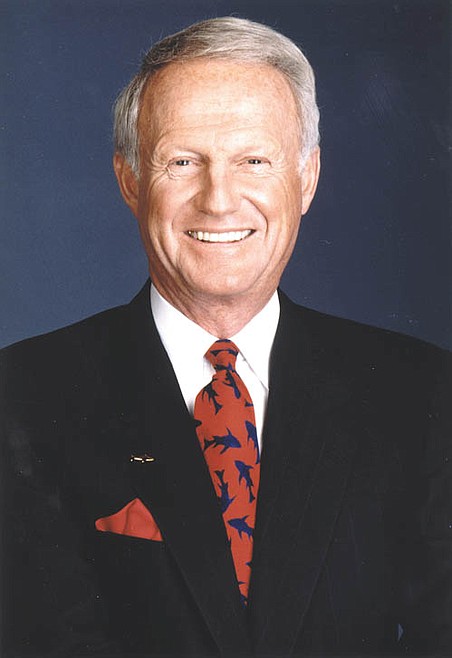Creativity activity, on a serious tip
I have a daughter, Mimi, who lives in Arizona. She has twin boys and twin girls. For many years, she sent out a nice holiday card. More than 90% of her friends thanked her for this holiday card. How did she do this? She sent it out in March. Why get involved with a gazillion other cards during the holidays?
January is International Creativity Month. Being creative in the first month of the New Year can set you up for a year of success.
Creativity is a fascinating and essential aspect of human potential. It is not just about artistic expression. It is about problem-solving, innovation and looking at the world through a fresh lens.
"You can't use up creativity. The more you use the more you have," poet Maya Angelou said.
Some of the strategies to help people tap into creative potential include embracing curiosity, creating the right environment, using creative-thinking techniques, taking risks, collaboration, looking after your well-being and practice, practice, practice. Let's take these one at a time.
By embracing curiosity, I am referring to asking questions and exploring new areas. Be inquisitive about everything. The more you question, the more you learn and the more your mind opens to new ideas. Step outside your comfort zone and learn about topics unrelated to your usual interests. This cross-pollination of ideas can spark creativity.
Adam Grant, a popular science author and professor at the Wharton School at the University of Pennsylvania, said: "Creativity begins to die when we fail to celebrate curiosity. We reward students for getting the right answer, but not for asking good questions. We promote managers for delivering results, but not for developing new ideas."
Creating the right environment means surrounding yourself with inspiration and minimizing distractions. Whether it's art, music, nature or a collection of interesting objects, the right environment can stimulate your senses and inspire new ideas. Find a quiet space where you can focus without interruptions. Sometimes the best ideas come when your mind is at rest.
Creative thinking techniques include brainstorming and mind mapping. Gather a group and throw out all ideas — no matter how outlandish — without criticism. As inventor Thomas Edison said, "To have a great idea, have a lot of them."
Also, visually map out your thoughts to see connections and expand on them. Years ago, I wrote a column on creativity using the acronym SCAMPER, which stands for substitute, combine, adapt, modify, put to another use, eliminate and reverse. Use these prompts to think differently about a problem or product.
Taking risks is about embracing failure and challenging the status quo. Not every idea will be a winner, but each failure is a step toward success. Just because something has always been done a certain way doesn't mean it is the best way. Dare to be different.
By collaborating, I mean sharing ideas. Two heads are better than one. Three heads are better than two. Collaborate with others to expand your perspective and build on each other's ideas. Form diverse teams with people from different backgrounds and different skill sets to foster innovation.
Looking after your well-being is all about rest and relaxation, plus physical exercise. A well-rested mind is more likely to think creatively. Don't underestimate the power of a good night's sleep. Physical activity can boost brain function and foster new neuronal connections.
By practicing, I mean taking time each day to engage in a creative activity, even if it's just doodling or writing a short poem or story. Study the work of creative geniuses in any field to understand how they think and approach problems. People's lives change in three ways — the books we read, the people we meet and the places we travel.
Remember, creativity is not a talent reserved for the few. It is a muscle that can be strengthened with use. Keep pushing the boundaries of your imagination, and don't be afraid to think differently.
Creativity doesn't wait for the perfect moment. It fashions its own perfect moments out of ordinary ones.
Mackay's Moral: The road to creativity has no speed limit.
• • •
Harvey Mackay is the author of the New York Times bestseller "Swim With the Sharks Without Being Eaten Alive." He can be reached through his website, www.harveymackay.com, by emailing harvey@mackay.com or by writing him at MackayMitchell Envelope Co., 2100 Elm St. SE, Minneapolis, MN 55414.

